Scientists identify the cells behind nicotine aversion in the mouse brain
Tag: NEUROCHEMISTRY
Neuroscientists develop models to identify internal states of the brain
How singing fruit flies reveal the inner workings of their brains
Temple study shows extra virgin olive oil staves off multiple forms of dementia in mice
(Philadelphia, PA) – Boosting brain function is key to staving off the effects of aging. And if there was one thing every person should consider doing right now to keep their brain young, it is to add extra virgin olive…
Brain biomarker predicts compulsive drinking in mice
A neural circuit in the brains of mice controls the development of compulsive drinking disorders, according to a new study. The results identify a biomarker that could, if the findings translate to humans, become a target for therapies for alcohol…
Dissecting connections between chronic stress, inflammation and depression
AUGUSTA, Ga. (Nov. 21, 2019) – Chronic stress can inflame our brain, destroy the connections between our neurons and result in depression, scientists say. Now they are working to better understand how the destructive cycle happens and how best to…
Royal recognition for neuroscience research at the University of Sheffield
The University of Sheffield has been awarded the Queen’s Anniversary Prize for innovation in neuroscience The prize is the highest national honour that recognises outstanding work by UK universities and colleges that demonstrate quality and innovation in their research Sheffield…
The evolution of neuroscience as a research
Alexandria, VA, USA – 2019 marks the Centennial of the Journal of Dental Research ( JDR ). Over the last century the JDR has been dedicated to the dissemination of new knowledge and information on all sciences relevant to dentistry…
Ayahuasca compound changes brainwaves to vivid ‘waking-dream’ state
Scientists have peered inside the brain to show how taking DMT affects human consciousness by significantly altering the brain’s electrical activity. DMT (or dimethyltryptamine) is one of the main psychoactive constituents in ayahuasca, the psychedelic brew traditionally made from vines…
Ayahuasca compound changes brainwaves to vivid ‘waking-dream’ state
Scientists have peered inside the brain to show how taking DMT affects human consciousness by significantly altering the brain’s electrical activity. DMT (or dimethyltryptamine) is one of the main psychoactive constituents in ayahuasca, the psychedelic brew traditionally made from vines…
Scientists discover how the molecule-sorting station in our cells is formed and maintained
New mechanism to explain how the cell organelle that sorts and distributes substances entering a cell is formed and maintained
Can cells collected from bone marrow repair brain damage in babies with CHD?
Richard Jonas MD, Children’s National chief of cardiac surgery, to highlight upcoming NIH-funded trial that will use cardiopulmonary bypass to deliver mesenchymal stromal cells for brain growth and regeneration
Earthquake-like brain-wave bursts found to be essential for healthy sleep
Findings link healthy sleep to brain-wave bursts that mathematically mimic earthquakes
Can cells collected from bone marrow repair brain damage in babies with CHD?
Richard Jonas MD, Children’s National chief of cardiac surgery, to highlight upcoming NIH-funded trial that will use cardiopulmonary bypass to deliver mesenchymal stromal cells for brain growth and regeneration
Earthquake-like brain-wave bursts found to be essential for healthy sleep
Findings link healthy sleep to brain-wave bursts that mathematically mimic earthquakes
Theoretical tubulanes inspire ultrahard polymers
Rice University-printed sample is full of holes, but stops bullets better than solid materials
A new facial analysis method detects genetic syndromes with high precision and specificity
Developed by Araceli Morales, Gemma Piella and Federico Sukno, members of the Department of Information and Communication Technologies, together with researchers from the University of Washington
Theoretical tubulanes inspire ultrahard polymers
Rice University-printed sample is full of holes, but stops bullets better than solid materials
A new facial analysis method detects genetic syndromes with high precision and specificity
Developed by Araceli Morales, Gemma Piella and Federico Sukno, members of the Department of Information and Communication Technologies, together with researchers from the University of Washington
CRISPR: More than just for gene editing?
researcher finds new use for revolutionary gene-splicing tool; Electrochemical CRISPR platform could lead to quick blood test for disease identification through detection of important nucleic acids, HPV or Parvo
CRISPR: More than just for gene editing?
researcher finds new use for revolutionary gene-splicing tool; Electrochemical CRISPR platform could lead to quick blood test for disease identification through detection of important nucleic acids, HPV or Parvo
Stress hormone helps control the circadian rhythm of brain cells
As day turns into night, and night turns into day, the vast majority of living organisms follow a fixed circadian rhythm that controls everything from sleep needs to body temperature. This internal clock is found in everything from bacteria to…
The way of making memories
New study on how memories are formed and the ability of the nervous system to learn and adapt to changing conditions
Self-cannibalizing mitochondria may set the stage for ALS development
Powerhouses of the cell ‘eat themselves up,’ jumpstart path to neurodegenerative disease
For first time, potential treatment path becomes clear for subtype of Charcot-Marie-Tooth disease
Scripps Research scientists discover a way to stop a problematic enzyme from wreaking havoc on peripheral nervous system cells.
Brain cancer-detecting innovation by CCNY researchers receives two US patents
Raising hopes of rapid and more specific brain cancer diagnoses, a new “Resonance Raman” technique developed by world-renowned physicist Robert R. Alfano and his IUSL research group at The City College of New York is the recipient of two U.S.…
Brain cancer-detecting innovation by CCNY researchers receives two US patents
Raising hopes of rapid and more specific brain cancer diagnoses, a new “Resonance Raman” technique developed by world-renowned physicist Robert R. Alfano and his IUSL research group at The City College of New York is the recipient of two U.S.…
Slow-wave sleep critical to brain’s automatic ‘self-rinse’ cycle
Slow oscillating neural activity during non-REM sleep triggers waves of cerebrospinal fluid that flow in and out of the sleeping brain, washing it of harmful metabolic waste products, researchers find. Their new study reveals a key component in the neurophysiology…
Neurotransmitters in an instant
Dopamine, serotonin, adrenalin… The smooth functioning of the human brain depends on their correct proportions. Any disturbances mean diseases. That’s why it’s so important to be able to detect these disturbances as early as possible – before the appearance of…
Novel agent flips on garbage disposal in neurons, eliminating toxic brain proteins in mice
CHICAGO — Neuroscientists at Georgetown University Medical Center say they have developed and tested an agent that reduces the buildup of toxic proteins in animal models of both Parkinson’s and Alzheimer’s diseases, and improves cognitive and motor behavior. The team…
Studies of autism spectrum disorder reveal new avenues of neuroscience research
Findings could pave the way for early intervention and treatment of cognitive disorders
Nanomesh drug delivery provides hope against global antibiotic resistance
The fight against antibiotic resistance takes a major step forward with scientists discovering a concept for fabricating nanomeshes as drug delivery system
A rat’s brain, on and off methamphetamine
Drug addiction is a vicious cycle of reward and withdrawal. Chronic users often relapse because of the unpleasant physical and psychological symptoms they experience when they stop taking the drug. Now, researchers report in the Journal of Proteome Research metabolic…
Repeated febrile convulsions linked to epilepsy and psychiatric disorders
Children who suffer repeated febrile convulsions have an increased risk of developing epilepsy and psychiatric disorders later in life; this is shown by a comprehensive register-based study from Aarhus University, Denmark
Illumination of abnormal neuronal activities caused by myelin impairment
Suggests possible contribution to learning deficits
Scientists create brain-mimicking environment to grow 3D tissue models of brain tumors
Use of brain-like extracellular matrix allows cell growth and treatment to more closely replicate physiological response
Scientists predict the areas of the brain to stimulate transitions between different brain states
Using a computer model of the brain, scientists have developed an innovative method published in Proceedings of the National Academy of Sciences on Sept. 3
Key to learning and forgetting identified in sleeping brain
Manipulating specific brain waves in sleeping rats shifts the balance between learning or forgetting a new skill
Can humans exploit the genetics of a mouse that regrows axons after injury?
A Transformative Research Award to the Buck Institute from the NIH focuses on a new method to pinpoint genetic differences between species
US government backs Sydney spinout company Kinoxis Therapeutics to fight opioid addiction
Funding to support development of a potential treatment for opioid withdrawal
Technique can image individual proteins within synapses
Rapid imaging method could help reveal how conditions such as autism affect brain cells
Synchronised or independent neurons: this is how the brain encodes information
Combining predictive mathematical models and laboratory experiments, a study by SISSA has shed light on several mechanisms behind this phenomenon
‘Push-pull’ dynamic in brain network is key to stopping seizures
Researchers at Carnegie Mellon University have discovered that the spreading of seizures through the brain can be suppressed depending on the amount of pressure within the brain, an important discovery that may revolutionize the treatment of drug-resistant epilepsy. Epilepsy is…
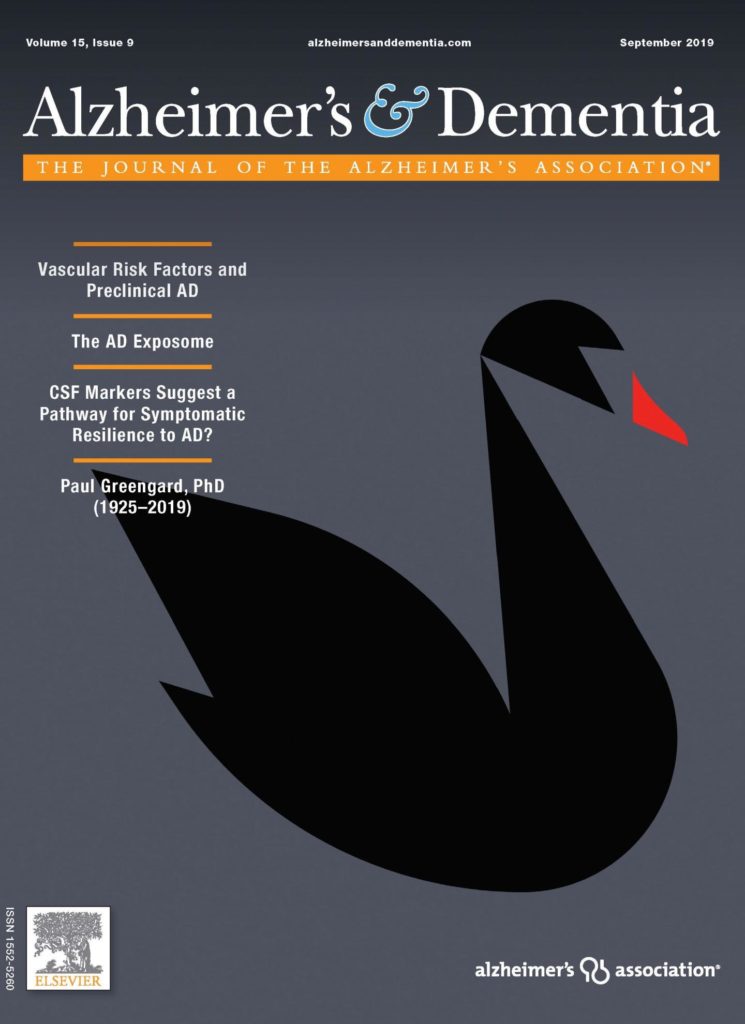
Latest issue of Alzheimer’s & Dementia
September 2019 journal digest
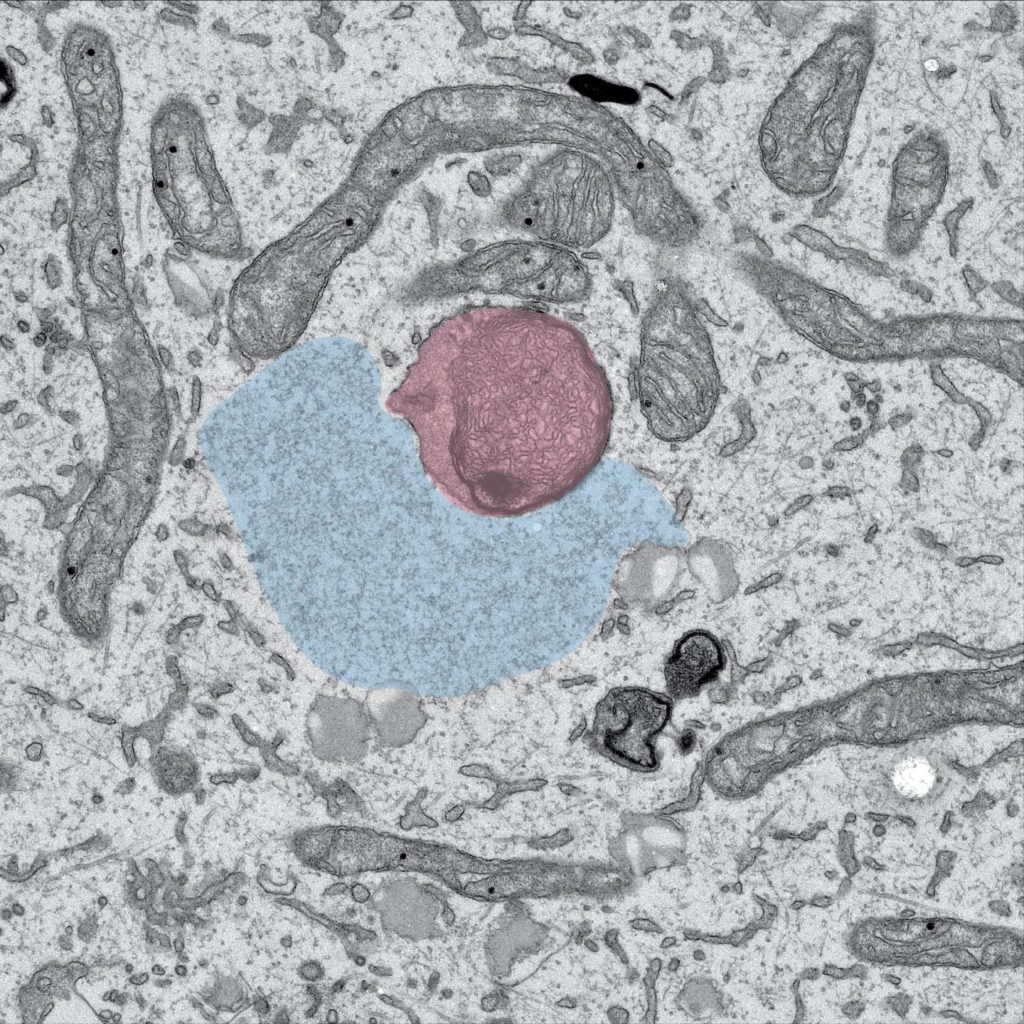
Cellular hitchhikers may hold a key to understanding ALS
For long-distance transportation within the cell, RNA molecules rely on hitchhiking. A microscopic RNA molecule might need to travel as far as a meter to get from the nucleus of a nerve cell to its tip, where it’s needed to…
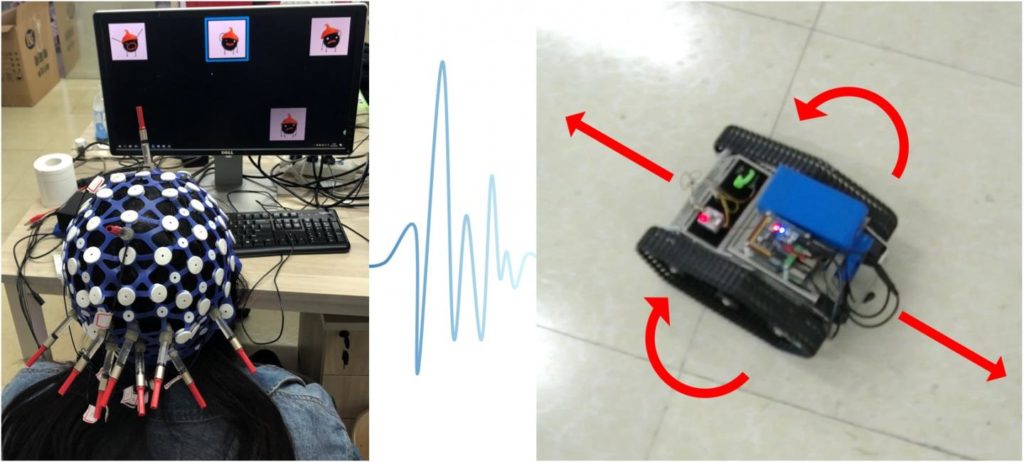
Brain-computer interfaces without the mess
It sounds like science fiction: controlling electronic devices with brain waves. But researchers have developed a new type of electroencephalogram (EEG) electrode that can do just that, without the sticky gel required for conventional electrodes. Even better, the devices work…
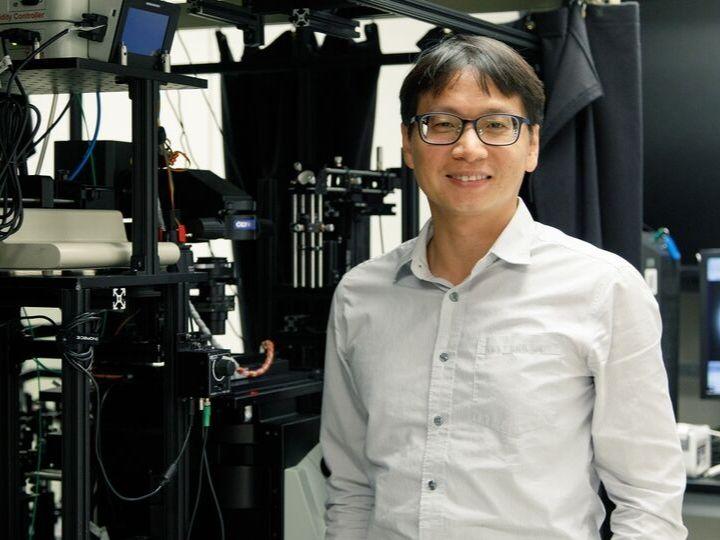
Is copper a cause of Alzheimer’s disease?
University of Houston researcher examines the link
Researchers and rats play ‘hide and seek,’ illuminating playful behavior in animals
Rats can be taught to play hide and seek with humans and can become quite skilled at the game, according to a new study, which presents a novel paradigm for studying insights into the neurobiology of playful behavior in animals.…
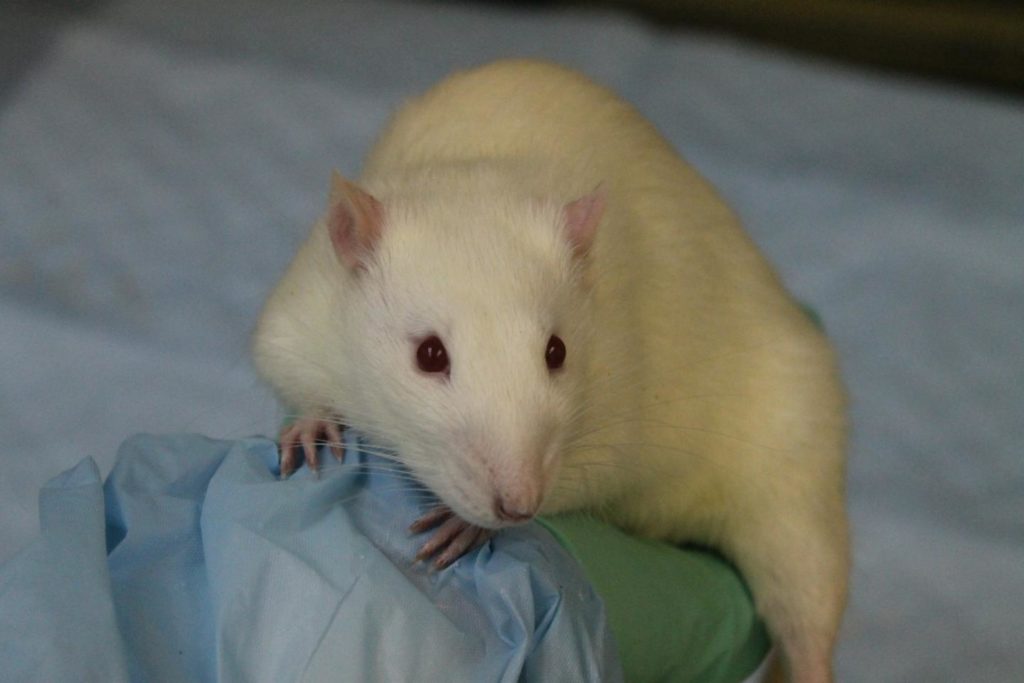
Brain circuit controls individual responses to temptation in rats
Differences in how individual rats respond to ‘reward cues’, which have been linked to compulsive be
Wiley and the International Society for Developmental Neuroscience announce a new publishing partner
HOBOKEN, N.J.–September 10, 2019– John Wiley and Sons Inc. (NYSE: JW-A) (NYSE: JW-B) is delighted to announce a new publishing partnership with the International Society for Developmental Neuroscience (ISDN). Effective January 2020, ISDN has selected Wiley to publish the International…
Message in a brain cell: $7.4M award to decode cues that spur children’s brain tumors
Brain tumor researchers will use an advanced sequencing technology developed at the Stanford University School of Medicine to decode the messages or signals that help brain tumors grow, in the hope of finding new ways to treat the disease in…